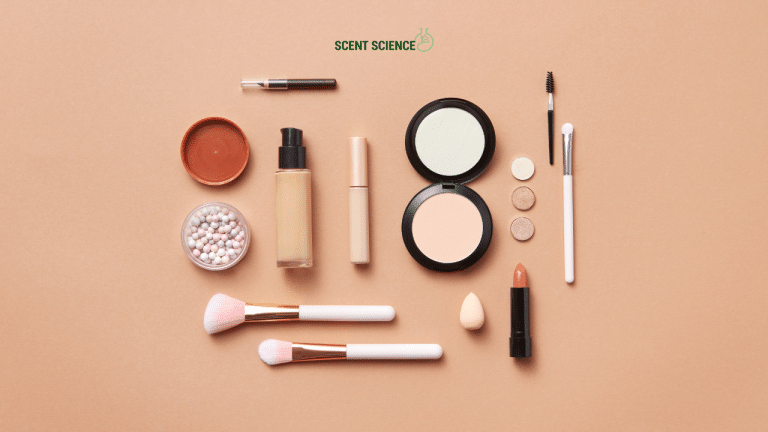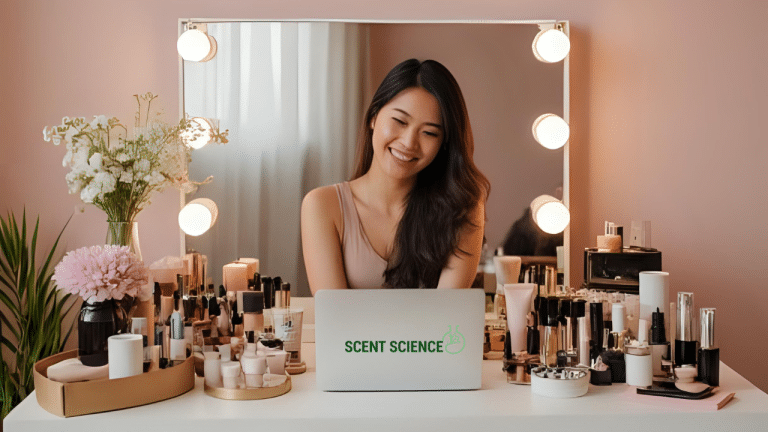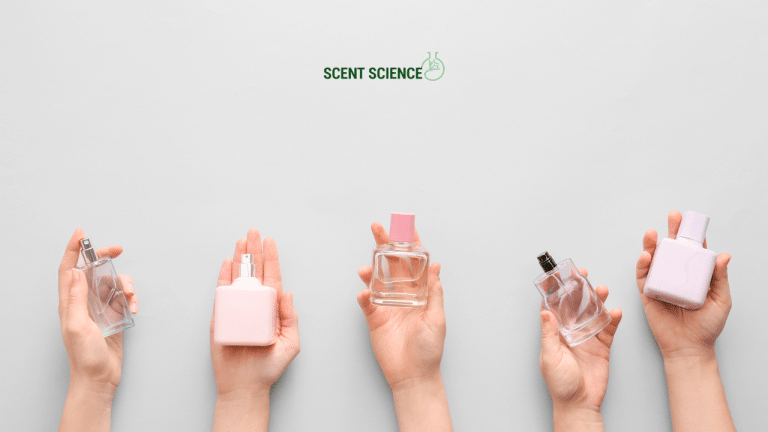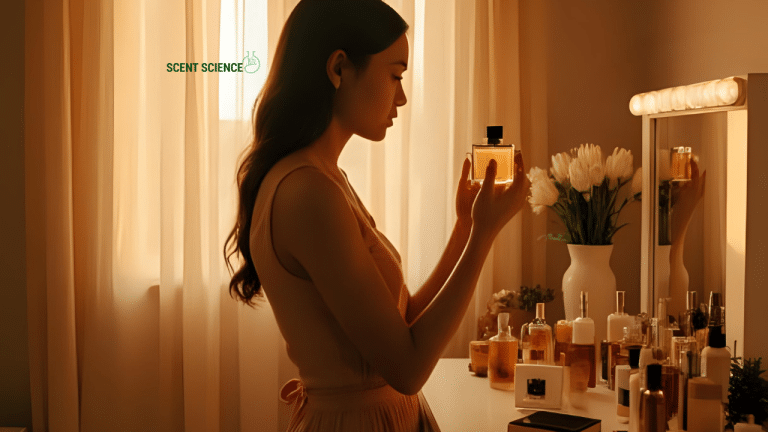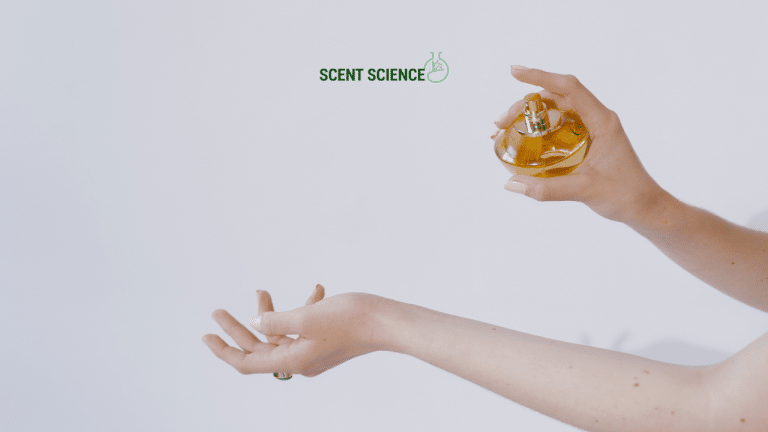In a world where alluring aromas are often celebrated, what happens when the scents that draw some close drive others away? Our sense of smell is intensely personal, intertwining with memories, emotions, and even our health. For some, a particular scent can conjure a beloved memory, while for others, it might trigger discomfort or adverse health reactions. Welcome to the nuanced, often overlooked world of fragrance sensitivities in relationships.
Fragrance, whether from a perfume, incense, or everyday products, can become a shared delight or a significant source of discord in a relationship. If you find yourself navigating this aromatic battlefield, you’re in the right place. This guide will arm you with understanding and tools to bridge gaps caused by differing fragrance preferences. Let’s dive in with empathy 🧘♀️ and wisdom.
Table of Contents
ToggleUnderstanding Fragrance Sensitivities
**What are Fragrance Sensitivities?**
Fragrance sensitivities manifest when certain scents cause adverse reactions that could be physical or emotional. They differ significantly from person to person and can range from mild to severe. For those affected, fragrances can induce symptoms like headaches, respiratory issues, skin irritation, and even mood changes.
The Impact of Fragrance Sensitivities
Statistics from a national survey published by The Journal of Occupational and Environmental Medicine indicate that about 20.5% of the population experiences health problems from being exposed to fragrance, underscoring the importance of recognizing how common and impactful these sensitivities can be.
*Example: Maria, a teacher, starts developing migraines whenever her husband, Tom, wears his favorite cologne. This strain not only disrupts her workday but also puts a damper on their evenings together.*
Communicating About Fragrance Preferences

Open dialogue is vital. Here’s how you can address perfume conflicts without it turning into World War III.
Step-by-Step Communication Guide
- Introduce the Subject with Care: Choose a relaxed moment to bring up your fragrance sensitivity or preference gently. Use “I” statements to express how certain scents impact you.
- Example: “I’ve noticed I feel queasy after you wear that cologne. Can we talk about it?”*
- Explain the Sensitivity: Provide clear examples of how certain fragrances affect you. This isn’t about blame; it’s about creating awareness.
- Example: “The floral perfume you wear gives me headaches, and I struggle to concentrate afterward.”*
- Be Supportive and Open: Acknowledge their love for the fragrance, which nurtures understanding and compromise.
- Suggestion: “I know you enjoy this scent. Could we find something similar that works for both of us?” 😄*
- Seek Understanding: Go beyond immediate discomfort to explore underlying reasons; fragrances may evoke positive memories for your partner for reasons that matter deeply to them.
- 5. **Work Toward a Solution Together: Establish a plan to accommodate both parties’ needs while respecting boundaries.
Exploring Fragrance-Free Alternatives
Within perfume conflicts lies an opportunity to discover the rich world of fragrance-neutral products. Such options allow you to enjoy the comfort of personal or ambient scents without impacting health or comfort.
Practical Alternatives
- Fragrance-Free Products: Many brands offer fragrance-free skin and beauty products. Check labels and seek options that explicitly state “fragrance-free.”
- Essential Oils: When used mindfully, diluted essential oils offer subtle aromatherapy without overwhelming.
- Natural Fresheners: Opt for air-drying herbs like lavender or rosemary at home for a softer, organic scent.
*Example: When exploring alternatives, Jenn found that a linen spray with a touch of eucalyptus worked beautifully without triggering her allergy.*

Do This, Not That: Managing Scent Compromises
Finding middle ground in shared spaces or gatherings can be tricky, but feasible. Here are some tips!
Do This
- Designated Scent Zones: Establish agreed-upon spaces where certain fragrances are permitted or prohibited.
- Apply Sparingly: If fragrances must be worn, apply sparingly to create minimal discomfort for those around you.
Not That
- Don’t Assume: Avoid assuming others “just need to get used to it.” Adaptation may not be possible for people with sensitivities.
- Avoid High-Scent Environments: Don’t introduce overpowering scents into closed spaces, like cars or small rooms.
*Common Mistake to Avoid*: Neglecting to discuss the issue, hoping things will resolve on their own. Silence can lead to misunderstanding and resentment over time.
Expert Tips for Fragrance Peace
Understanding individual preferences deepens emotional connections and awareness, evoking harmony in relationships. Here are expert-backed strategies:

- Keep the Focus on Connecting: Remember, seeking solutions should always stem from mutual care and comprehension.
- Educate Yourself and Partner: Encourage both parties to delve into research on fragrance sensitivities to embrace informed decision-making.
- Professional Help: If sensitivities disrupt daily life significantly, seek guidance from allergists or dermatologists.
*Statistics Bolster Understanding*: A 2019 poll confirms that 30% of U.S. adults dislike perfume fragrances for various reasons. Preparing through understanding offers the necessary empathy to collaborate on solutions.
Real-World Scenario: Anna and Ben
**Scenario**: Anna adores her floral perfumes, but whenever Ben picks her up in his car after gym, her scents give him tinnitus of the senses due to severe allergies.
Solution
After much discussion, Anna now uses her favorite scent when she’s not around Ben. Meanwhile, they mutually invested in preserved dried bouquets—lavender sachets—to include both their favorite aromas naturally without triggering reactions.
This story reflects on how powerful cooperation can be, stemming from a place of love over preference. You, too, can pivot from perfume conflicts to fragrant felicity with shared patience and creativity. 🌺
Conclusion
Navigating fragrance sensitivities in relationships calls for clear communication, mutual respect, and a willingness to explore new aromatic territories hand in hand. These efforts may not eradicate all tension immediately, but they’ll anchor you on a path toward understanding, where each partner remains affirmed and cared for.
Maintain perspective: relationships blossom and entwine, much like how scents make memories. Let this guide serve as a reminder that common goodwill and mindful approaches can bridge the divide initially intensified by fragrance discord.
Bookmark this guide and return to it on days needing reminders, armed with informed compassion. Discover how potential impediments deepen bonds when approached with integrity and warmth. With grace, even the most unpredictable scents can evolve into harmonious peripheral indulgences in your conjoined world. 🌟
Frequently Asked Questions
What are the benefits of using a hair mask in my hair care routine?
Using a hair mask can provide several benefits, including hydration, smoothing, strengthening, curl definition, heat protection, and damage repair. Hair masks infuse the hair with moisture, help coat the hair shaft to seal split ends, reduce breakage, and protect the hair from heat styling and environmental damage[1][4].
What ingredients should I look for in a hair mask?
Effective hair masks often include ingredients such as coconut oil, argan oil, shea butter, honey, avocado oil, green tea, and coconut water. These ingredients provide nourishment, moisturize, and protect the hair, offering benefits like softening, moisturizing, and protecting against damage[2][5].
How often should I use a hair mask in my routine?
You should use a hair mask whenever your hair feels dry, unmanageable, or in need of intense hydration. This can vary depending on your hair type and needs, but generally, using a hair mask once or twice a week can help maintain healthy and moisturized hair[1][4].
How do I apply a hair mask for the best results?
To apply a hair mask effectively, shampoo your hair first, then apply the mask, focusing especially on the ends where hair tends to be the most damaged. Leave the mask on for anywhere from 10 minutes to overnight, depending on the type of mask and your hair’s needs[1][4].
References


